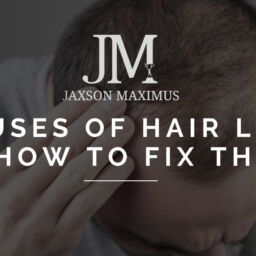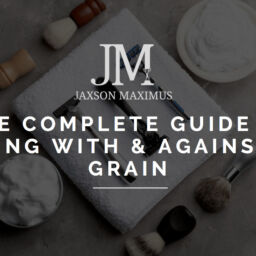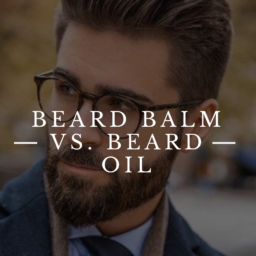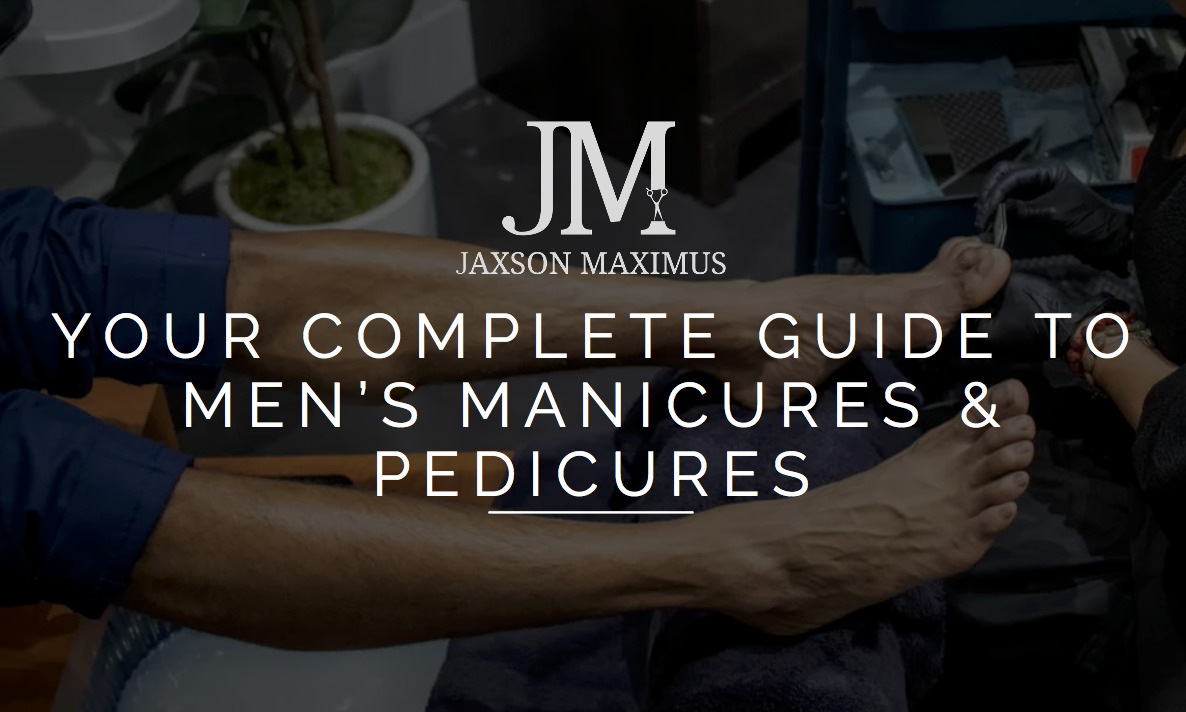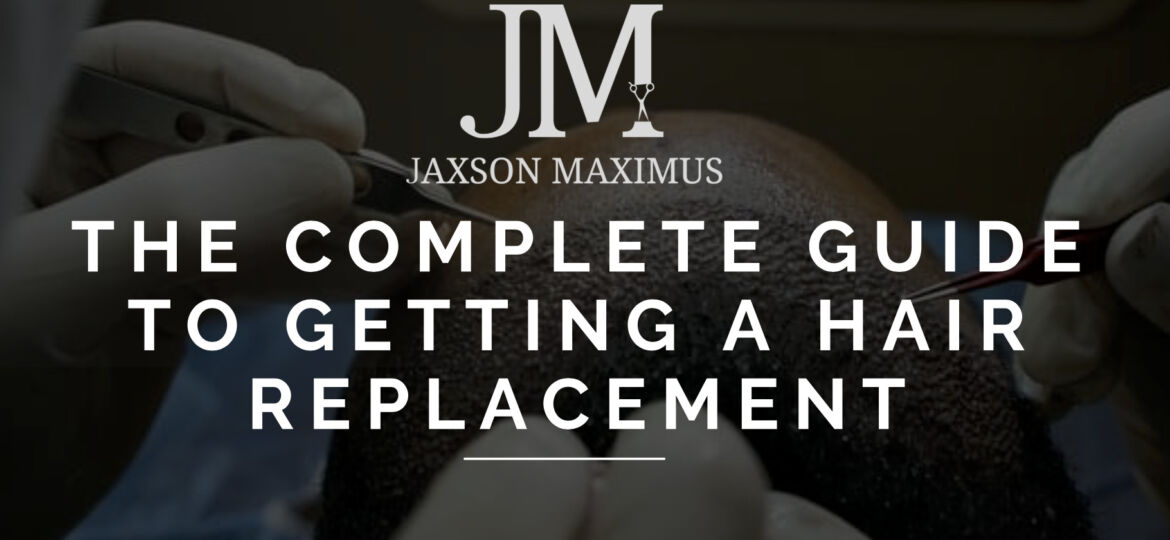
Hair loss affects millions of men and women from around the world and can be a source of stress, anxiety, and low self-esteem. Fortunately, several hair replacement options are available to restore a full head of hair and boost confidence. From non-surgical options like wigs and hairpieces to surgical procedures like hair transplant surgeries, the choice of hair replacement method will depend on the patient’s preferences, budget, and extent of hair loss. In this article, our salon experts at Jaxson Maximus will discuss the different types of hair replacement options available and the pros and cons of each so that you can make an informed decision on which hair replacement option is best for you.
What Is A Hair Transplant
A hair transplant is a surgical medical procedure that involves the transplantation of hair follicles from one part of the body to another. The primary purpose of a hair transplant is to restore hair growth in areas where hair loss or baldness has occurred. Hair transplantation removes hair follicles from the back of the scalp, where hair growth is still present, and transplants them into the balding or thinning areas. This procedure is typically carried out under local anesthesia and can take several hours, depending on the extent of the hair loss.
It is important to note that hair replacement procedures are medical treatments and should only be carried out by qualified and experienced professionals. Patients should also be aware that results may vary, and multiple sessions may be required to achieve the desired hair growth.

How Common Is Hair Loss In Men & Women
According to the American Academy of Dermatology, approximately 80 million people in the United States alone experience hair loss. Male pattern baldness, the most common cause of hair loss in men, affects approximately 50% of men over 50. In women, hair loss is more likely to be diffuse and can be caused by various factors such as hormonal changes, stress, and certain medical conditions.
Overall, it is estimated that approximately 50% of men and 25% of women will experience some form of hair loss in their lifetime. However, the actual percentage of people who experience hair loss may be higher, as many cases go unreported or undiagnosed.
Various factors, including genetics, aging, hormonal imbalances, medications, and medical conditions, can cause hair loss. While many non-surgical options are available for treating hair loss, such as medication and lifestyle changes, a hair transplant is often considered the most effective long-term solution.
What Are The Types Of Hair Loss Treatments
There are two main types of hair transplant procedures: follicular unit transplantation (FUT) and follicular unit extraction (FUE). Follicular Unit Transplantation (FUT) and Follicular Unit Extraction (FUE) are two types of hair transplant surgeries that are used to treat hair loss. Follicular Unit Transplantation or FUT, also known as strip harvesting, is a surgical procedure that involves removing a strip of scalp from the back of the head where the hair is still dense and then separating it into individual follicular units under a microscope. These follicular units are then transplanted into the balding or thinning areas of the scalp. The advantage of FUT is that it can transplant a large number of follicles in a single session, making it an efficient option for those with significant hair loss. However, it does leave a linear scar at the back of the head, which can be a concern for some patients.
Follicular Unit Extraction, or FUE, is a hair transplant technique that involves harvesting individual hair follicles from the donor area using a small punch tool. These follicles are then transplanted into the recipient area. Unlike FUT, there is no need to remove a strip of scalp, which means there is no linear scar. FUE is typically preferred by patients who want to avoid a visible scar or have a limited donor area. However, because FUE involves harvesting individual follicles, it can be a time-consuming process. It may not be suitable for those who require a large number of follicles to be transplanted.
Both FUT and FUE are effective hair restoration options, and the choice between them will depend on the patient’s individual needs and preferences, as well as the advice of their hair restoration surgeon.
Interested in Getting a hair transplant?
How Much Does A Hair Transplant Cost
The cost of hair transplant surgery varies depending on several factors, such as the extent of hair loss, the technique used, the surgeon’s experience and reputation, and the clinic’s location. On average, hair transplant surgery can cost anywhere from $4,000 to $15,000 or more.
Follicular Unit Transplantation (FUT) tends to be less expensive than Follicular Unit Extraction (FUE) because it is quicker. However, FUE can be more costly because it involves harvesting individual hair follicles, which is a more time-consuming process.
In addition to the actual surgery cost, there may be other expenses to consider, such as pre-operative tests, post-operative medications, and follow-up appointments.
It’s important to do thorough research and choose a reputable and experienced surgeon to perform the procedure, as hair transplant surgery is a delicate and intricate process that requires skill and expertise. In addition, some clinics may offer financing options or payment plans to help make the procedure more affordable for patients.
What Can I Expect During My Hair Loss Treatment
Before undergoing a hair transplant, patients will typically undergo a thorough evaluation to determine if they are a good candidate for the procedure. This may involve assessing the patient’s medical history, conducting a physical exam, and performing diagnostic tests to evaluate the extent of hair loss and the quality of the patient’s existing hair.
The actual hair transplant procedure typically takes several hours and is performed under local anesthesia. As a result, patients may experience some discomfort during the procedure, but this can be managed with pain medication and other measures.
After the procedure, patients will typically experience some redness and swelling in the treated area, as well as some mild discomfort. However, most patients can return to work and other normal activities within a few days to a week after the procedure, although it can take several months for the transplanted hair to begin growing.
The transplanted hair may also fall out within the first few weeks, but new hair growth should begin within a few months. Overall, it’s important to have realistic expectations and be patient when it comes to hair loss treatments. Results may vary depending on the individual, and it can take time for noticeable changes to occur. Therefore, it’s important to follow the instructions of your healthcare provider or hair restoration specialist and attend follow-up appointments to monitor progress and make any necessary adjustments.

Non Surgical Hair Replacement Treatments
Aside from medications, laser therapy, and topical treatments, several other non-surgical hair loss treatments may be effective for some individuals. Here are a few examples:
Scalp micro pigmentation: This non-surgical treatment involves tattooing tiny dots on the scalp to mimic the look of hair follicles. This can create the appearance of a fuller head of hair and can be an effective option for those with significant hair loss or scarring. This procedure is typically used for those with significant hair loss and do not have enough hair for transplantation.
Hairpieces or wigs: Wearing a hairpiece or wig can be an effective way to conceal hair loss and improve self-esteem. They come in a variety of styles and materials and can be custom-fit to ensure a natural and comfortable look.
Hair fibers: Hair fibers are tiny fibers made of keratin that can be sprinkled onto thinning areas of the scalp to add volume and thickness. They are available in various colors and can be easily washed out with shampoo.
Platelet-rich plasma (PRP) therapy: This treatment involves injecting a patient’s platelet-rich plasma into the scalp to stimulate hair growth. It may require multiple sessions and is still being studied for its effectiveness.
It’s important to consult with a healthcare provider or hair restoration specialist to determine the most appropriate treatment for your individual needs and preferences.
Need A recommendation for a clinic?
At Jaxson Maximus we have partnered the Miami Hair Transplant Clinic to better serve our clients who are experiencing hair loss. At the Miami hair transplant clinic, they utilize SmartGraft® technology, the most advanced, effective, and precise hair transplant device available. The procedure, which takes place in their comfortable, private office space, and is designed to be incredibly easy and relaxing, unlike alternative surgical solutions.
Throughout the process, for approximately 5-6 hours, you’ll be able to recline comfortably while listening to music or watching television. The advanced, precise SmartGraft® device enables the surgeon to quickly and meticulously select and extract hair grafts while also ensuring that they’re nourished and protected before implantation. Because they take such great care to be sure that the transplanted hair follicles are adequately hydrated and remain sterile and viable, the “take” rate associated with this procedure is an astounding 90%.
Conclusion
Hair replacement procedures offer effective solutions for those suffering from hair loss. With various techniques and procedures available, patients can choose the best option that suits their needs and preferences. From non-surgical treatments like medications, laser therapy, and scalp micro pigmentation to surgical options like hair transplant surgery, there is a range of options to suit individual needs and preferences.
However, it is important to consult with a healthcare provider or hair restoration specialist to determine the most appropriate treatment for your individual case. With the right treatment and approach, it’s possible to regain a full head of hair and enjoy a more confident and fulfilling life.


